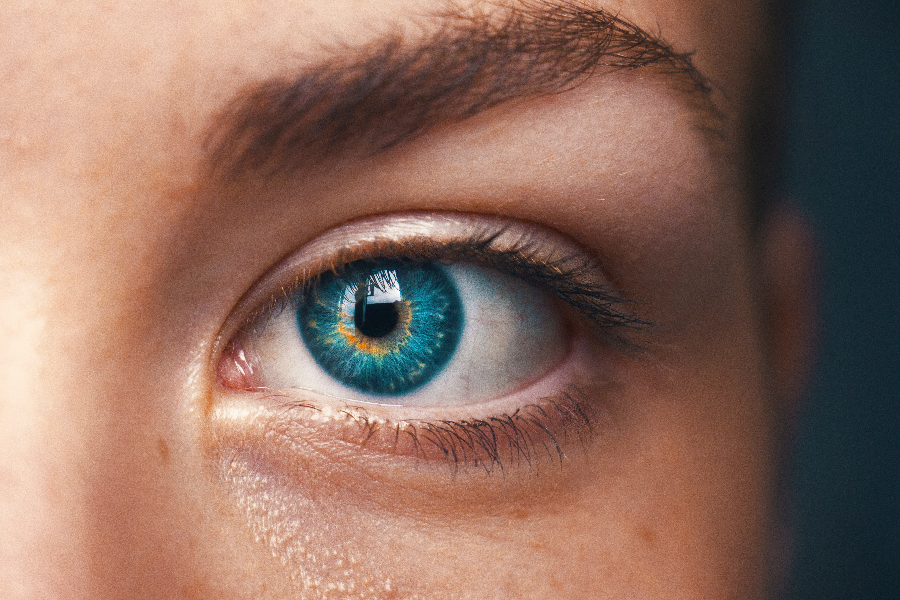
Vision is essential in the coordination of other body parts and functionalities. According to studies, close to 80% of our cognitive and learning skills depend on sight. Other senses are smell, taste, touch, and hearing. They rank lower than vision in their impact on human activities.
Globally, millions of people suffer from eye conditions. Statistics estimate that close to 50 million people cannot see while over 200 million have an impaired vision. The need for care and treatment will continue growing into the future. Modern eye correction methods by scleral contact lenses lasvegas are undetectable and use advanced technology. Let us delve into the innovative and creative ways that technology helps eye patients all over the world;
Introduction of Modern Equipment
In modern times, the diagnosis of eye challenges is fast and accurate. Unlike in the past, medical practitioners can detect an imminent loss of sight. It means that the patient can access care early enough to limit the risks of being blind. Currently, diabetes patients are using adaptive optics machines for screening. The equipment is versatile and has a broader scope for diagnosis that other equipment.
Patients at risk of eye-related conditions from chronic illnesses are the biggest beneficiaries. The technology will surely advance into the future.
More Treatment Options
Just like all other industries, technology brings evolution and revolution into healthcare. It brings about new techniques that are friendly and less painful for patients. The most popular addition to the industry is the use of laser to treat different eye conditions. Some standard options for laser treatment are femtosecond that focuses on the eye cataracts and diode, which is common for treating retinal conditions.
Efficient Treatment Procedures
There is a massive improvement in patients’ response to eye treatments due to the introduction of advanced procedures. Specialists can treat a wider scope of eye conditions that when there were no such technology. They are improving patients’ vision using non-surgical methods.
Hospitals are switching from conventional surgery methods and adapting the robotic eye surgery procedures. It is vital to check for active licenses before allowing a doctor to attend to you. The optician should know the new and trending techniques in the industry. Equipment used in diagnosis and treatment processes will undergo extensive tests to ensure safety.
Improved Results
Stem cell treatments are new in eye treatment, and it is showing great results in vision restoration. More than any time in optical care, there is a higher number of successful procedures. Technology plays a significant role in the improved success rates.
The monitoring of treatments and follow-ups is more manageable with modern technology. Opticians can conduct therapy to the eye with the contemporary lens-based procedures. Tests and evaluations are digital, ensuring that opticians have records from previous treatments. Equipment can record sessions and use automated functions in the diagnosis process.
Conclusion
There are exciting developments in eye care and treatment. It is vital to consult your doctor or optician to know what procedures are available for your condition. The experts are qualified to handle all types of vision challenges.
